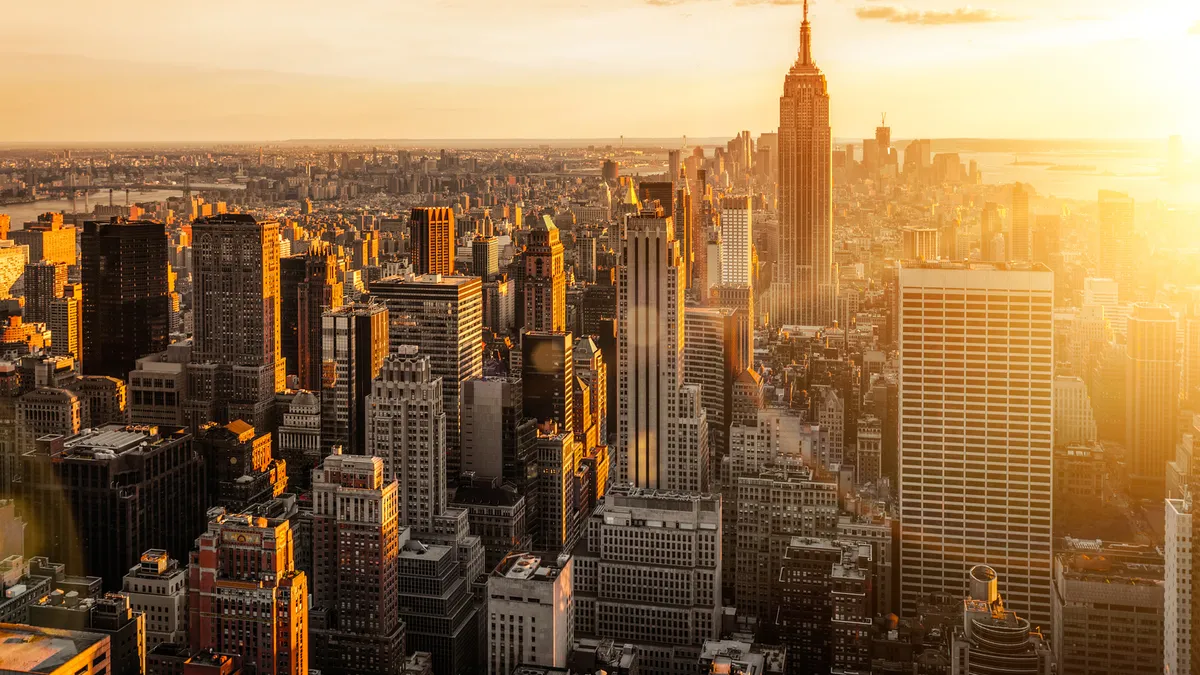Dive Brief:
-
Gov. Andrew Cuomo (D) on Thursday signed into law a bill that makes New York the fourth state to adopt an energy storage target.
-
The bill, A 5671, calls for the New York State Energy Research and Development Authority and the state’s Department of Public Service to come up with a portfolio of energy storage policies, including a storage target, in the first quarter of 2018.
-
The state’s Public Service Commission will determine the level of the target and whether or not it will be mandatory.
Dive Insight:
The new law makes New York the second state on the East Coast to adopt an energy storage target.
Under targets set by Massachusetts’ Department of Energy Resources in June, utilities in the state must procure 200 MWh of energy storage by Jan. 1, 2020. The West Coast led the way with California and Oregon setting energy storage targets.
But not all targets are equal. Massachusetts came under fire after setting its target. At the time, Ravi Manghani, director, energy storage at GTM Research, called it “slightly under par.” An earlier state report said the state could support a 600 MW energy storage target.
The details of New York’s program will not be known until the PSC completes its work, but indications after the storage bill was passed by the state legislature are that legislators were pushing for a target.
“We didn’t want to mandate the specifics,” Assemblywoman Amy Paulin (D), a sponsor of the bill, said at the time. While a target could be voluntary, she said it would have to have “teeth.”
One impetus for setting a robust target could be as a means of supporting job growth in New York. There are 4,000 energy storage jobs across the state, a 30% increase from 2012, according to NYSERDA.
“Under Governor Cuomo, New York is poised to lead the nation in developing an energy storage market that will improve the state's electric grid, create jobs, make energy more affordable and support New York's ambitious greenhouse gas reduction goals,” A NYSERDA spokesperson told Utility Dive.
The energy storage program will be run by the NYSERDA and the Long Island Power Authority.












